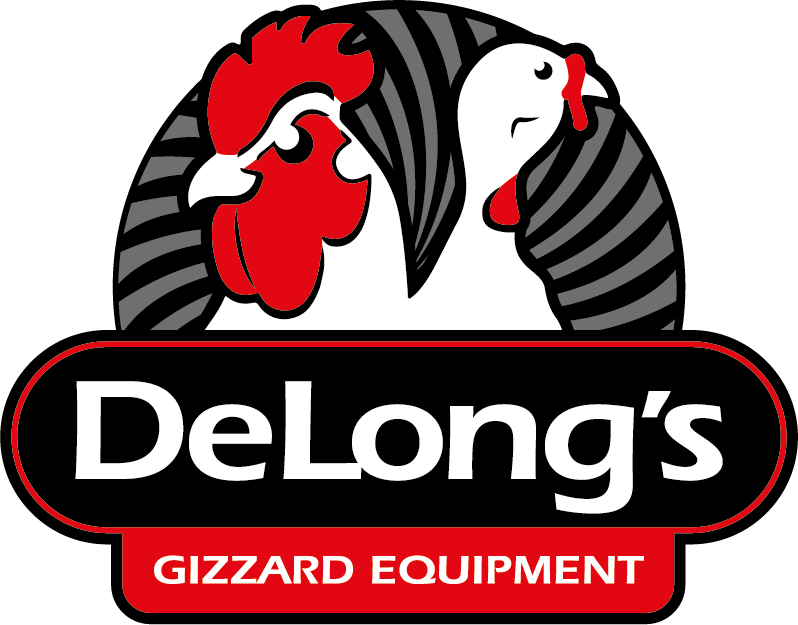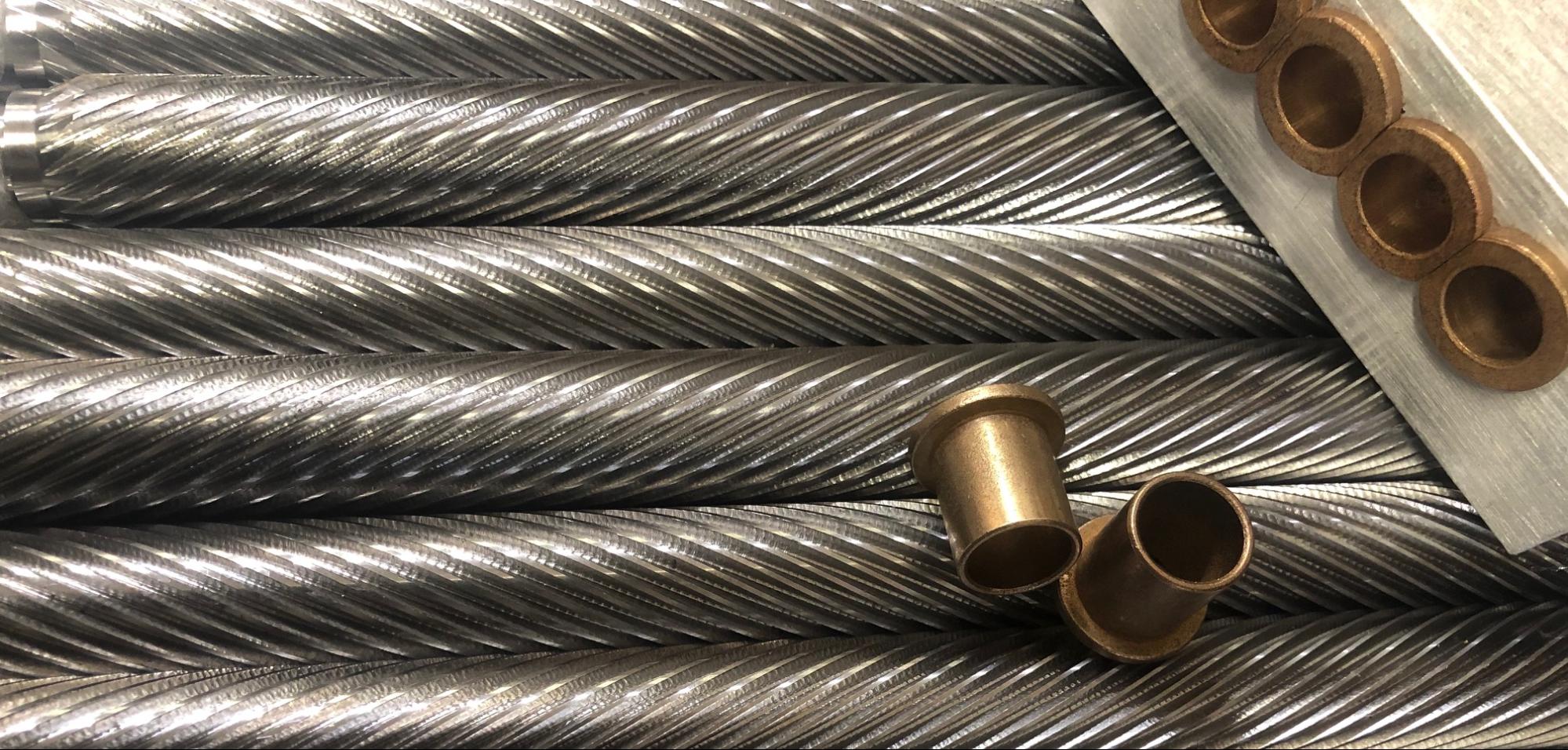
24 Aug 4 Simple Steps to Save on Lighting for Poultry Plants
Lighting is a huge factor when it comes to energy use at a plant. In fact, according to the US Department of Energy, the vast majority of the utility bill for most commercial buildings can be traced back to lighting and heat.
While lighting is one of the many necessary expenses that come with running a poultry plant, that doesn’t mean it has to be an exorbitant one. With energy-savings in mind, here are four easy ways you as a manager can start reducing the money you spend on lighting at a poultry plant:
Keep Them Clean
Over time, lights at your facility will naturally accumulate dust and dirt. Since most factory floors are deep-cleaned every day, this may seem like a non-issue, but it gives way to another problem: bulb corrosion.
Unfortunately, in many plants, the chemicals used to clean equipment corrode the plastic covers surrounding the lights, irreparably degrading their quality over time.
Be aware of bulb corrosion, and regularly check and replace any corroded bulbs during scheduled cleaning. If possible, keep cleaning chemicals away from factory lights and instead shut them off, go over them thoroughly with a duster, scrub them thoroughly with soap and water, then dry with a microfiber cloth.
Choose the Right Bulbs
While keeping your existing bulbs clean can help conserve some power, if you want to see real savings, you may have to upgrade. According to the National Provisioner, many plants can cut their lighting costs by up to 30% simply be introducing a more energy-efficient lighting system.
Fluorescent bulbs present a great opportunity for savings. Beyond lasting longer than traditional bulbs, they also use about 75% less energy. They also bring indirect savings: fluorescent bulbs are actually brighter than traditional bulbs, so by incorporating a more efficient bulb, you’ll be able to achieve the same level of lighting at a fraction of the energy consumption.
Likewise, consider upgrading to light-emitting diode (LED) lighting. LEDs last about 10 times longer than compact fluorescent lights and a whopping 60 times longer than traditional incandescent lights. As with fluorescent bulbs, in combination with a strategic use of LED lighting can create a lighting situation that’s both longer-lasting and drastically cheaper.
Zoning
As the saying goes, why work harder when you can work smarter? One great way to push your lighting budget to its limits is by creating lighting zones throughout the facility.
Different tasks throughout the facility will require different levels of lighting to accomplish. High-traffic areas like the factory floor necessitate the need for bright lighting both to help workers do their jobs and to avoid accidents. But what about bathrooms, break rooms, kitchens, closets, and other secondary areas?
Don’t waste money by covering every inch of the facility in bright light. Organize areas and rooms within the plant so that areas with similar lighting demands are grouped together. In addition to the saved energy, with some strategic bulb placement, you can use one bulb to help illuminate several rooms within a zone at once.
Turn It Off
It goes without saying that the less time your lights are on, the lower your power bill will be. However, while it sounds like obvious advice, managers can see big cost savings over time simply by making a conscious effort to monitor the facility and ensure all lights are off in any areas of the plant that aren’t in use.
One way many plants are saving on lighting is by installing industrial skylights. In combination with LED bulbs, skylights are a great tool that can supplement artificial lighting with free sunlight. As an added bonus, a number of studies have shown that exposure to natural lighting improves workplace performance, meaning that skylights both save money and improve morale.
Of course, your lights can’t be off all the time, and plants that operate overnight have no choice but to rely solely on artificial lighting. However, by creating an “economy” mode for nighttime when the plant is generally less-populated, you can still squeeze out some savings.
By installing motion-detectors or automatic-cutoff timers in some rooms, you can partially automate this process.
Interested in learning more about how to find great equipment and use it efficiently to take your poultry plant to new heights? Download our free informative guide, How to Find Efficient Poultry Processing Equipment, and start improving your plant today!



